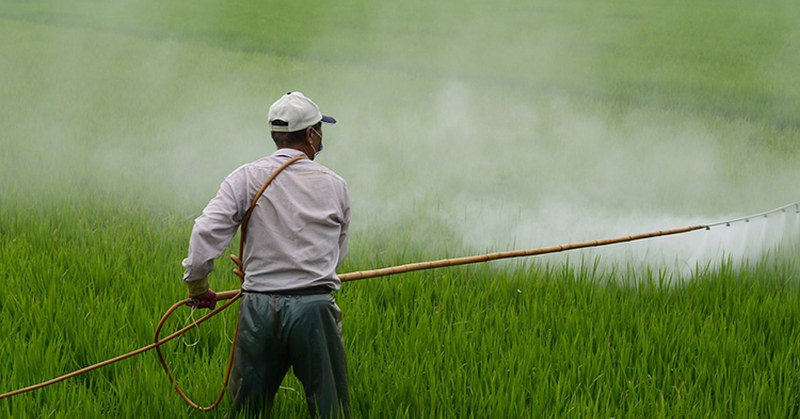There is a strong connection between pesticide use and cancer rates in the Western United States, finds research recently published by scientists at the University of Idaho and Northern Arizona University.
Two studies published in the peer-reviewed journal GeoHealth used geospatial data and publicly available pesticide databases to uncover the relationship between chemical-heavy agricultural practices and cancer in both adults and children.
As the rate of chronic diseases like cancer continues to increase in the United States, and more and more studies find these diseases to be pesticide-induced, it is imperative for the public to put increased pressure on regulators and lawmakers to enact meaningful measures that eliminate pesticide use and the hazards these chemicals pose.
For the first study, researchers took the top 25 most used pesticides identified by EPA estimates and cross-referenced them with USGS data to determine the amount of each pesticide used by state and county. These data were then modeled against NCI county-level cancer incidence.
At the state level, an association is found between the total amount of all pesticides evaluated and both overall and pediatric cancer incidence. Delving deeper into specific pesticide types, a strong connection is found between the amount of fumigants applied in each state and the rate of pediatric cancers.
Specifically, the fumigant pesticide metam sodium has a strong connection between its higher use and the total cancer rate.
These findings are even more prevalent at the county level. A cutting-edge model regarding fumigant use and cancer rate matches quite closely to currently observed cancer rates in the over 450 counties that comprise the 11 western states.
Notably, the areas where fumigant use is high are those with more vegetable and fruit production, rather than grain crops like corn and soy. Regarding the cancer connection to fumigant use, study co-author Naveen Joseph, Ph.D. says, “We have not seen it expressed in a fumigant like this before, and it’s absolutely striking.”
The second study by this research team likewise aimed to create a model able to describe county-level childhood cancer rates. Focusing on Idaho’s 44 counties, researchers this time used groundwater contamination, as recorded by the Idaho Department of Water Resources, as a variable and proxy for children’s environmental exposures.
That study found that Parkinson’s rates are significantly higher in zip codes with commercial forests, woodlands and pastures where the pesticides 2,4-D, chlorpyrifos and paraquat were often sprayed.

 Business7 days ago
Business7 days ago
 Business1 week ago
Business1 week ago
 Latest2 days ago
Latest2 days ago
 Business7 days ago
Business7 days ago
 Business7 days ago
Business7 days ago
 Business1 week ago
Business1 week ago
 Politics7 days ago
Politics7 days ago
 Latest3 days ago
Latest3 days ago

